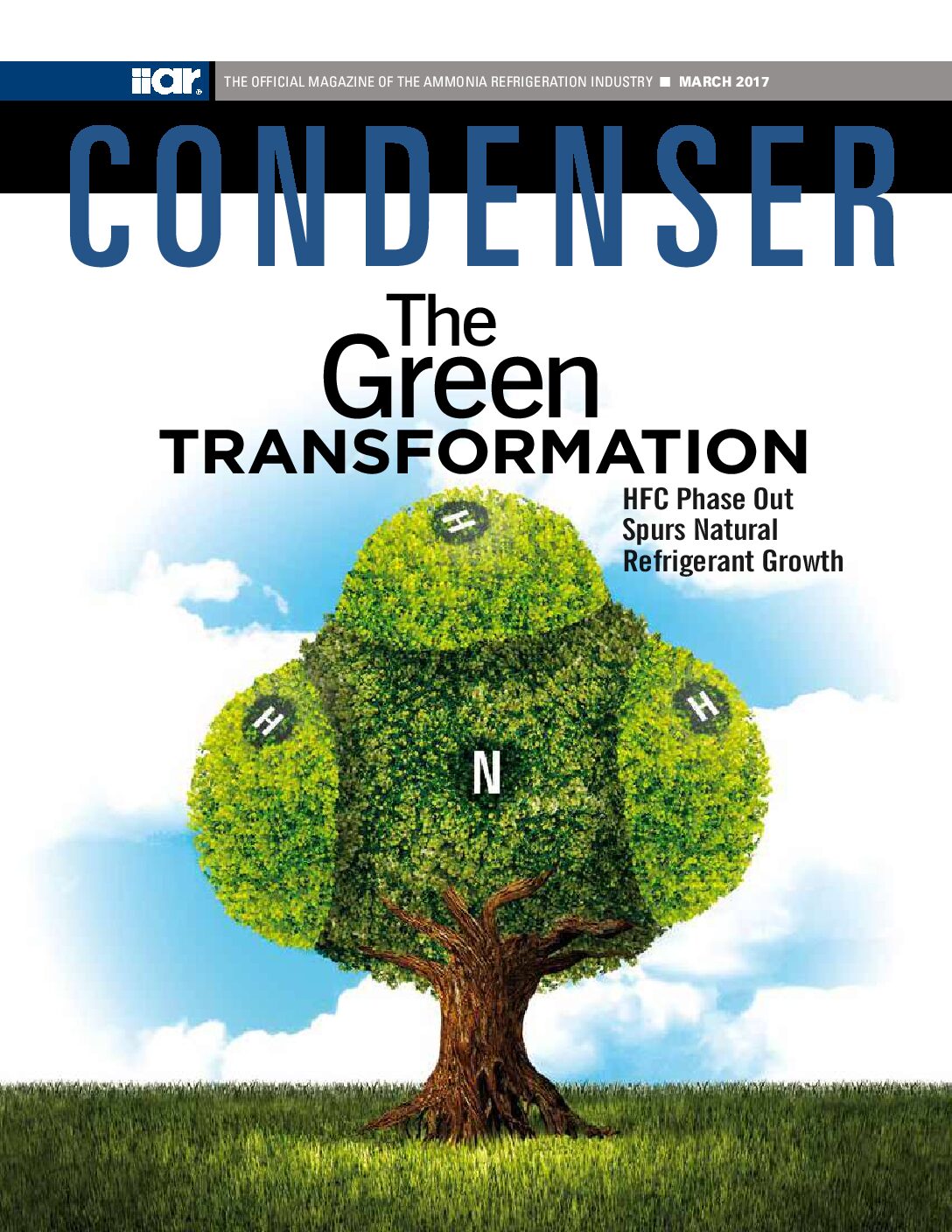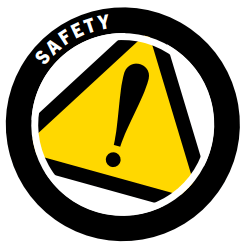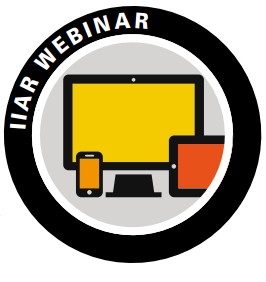Chairman’s Message by Walter Teeter
The Annual Conference and Heavy Equipment Show was a great success this year, and now that the flurry of committee meetings, networking events and technical discussions has ended and we’re all back at work, it’s time to set some new goals and carry the momentum of our recent meeting into the rest of the year.
Read More

















